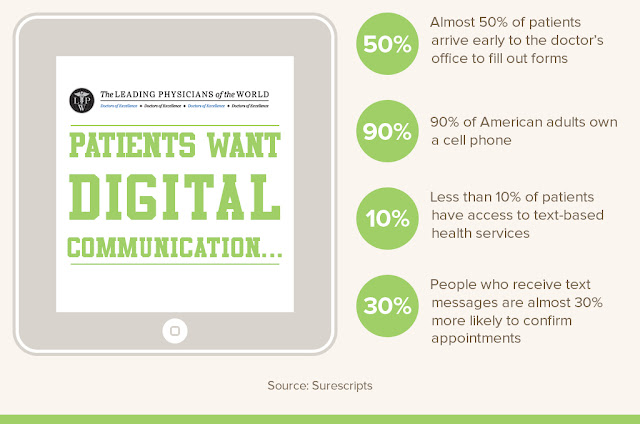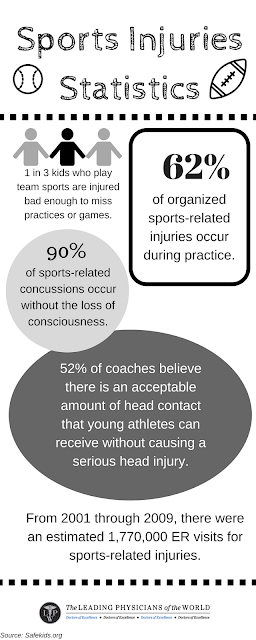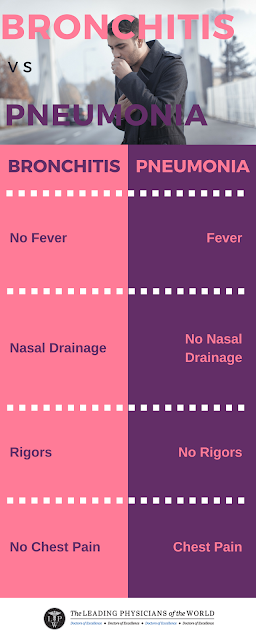Air Pollution : Types and Causes

Smog hanging over cities is the most familiar form of air pollution . But there are different kinds of pollution that contribute to global warming. Generally any substance that people introduce into the atmosphere that has damaging effects on living things and the environment is considered air pollution. Here is much more on the topic! What Causes Air Pollution? Most air pollution normally comes from energy use and production. Burning fossil fuels releases gases and chemicals into the air. And in an especially destructive feedback loop, air pollution not only contributes to climate change but is also exacerbated by it. Another type of air pollution is then worsened by that increased heat - smog forms when the weather is warmer and there’s more ultraviolet radiation. Climate change increases the production of allergenic air pollutants including mold and pollen. Types of Pollutants In order to understand the causes of Air pollution , a few divisions can be made....












